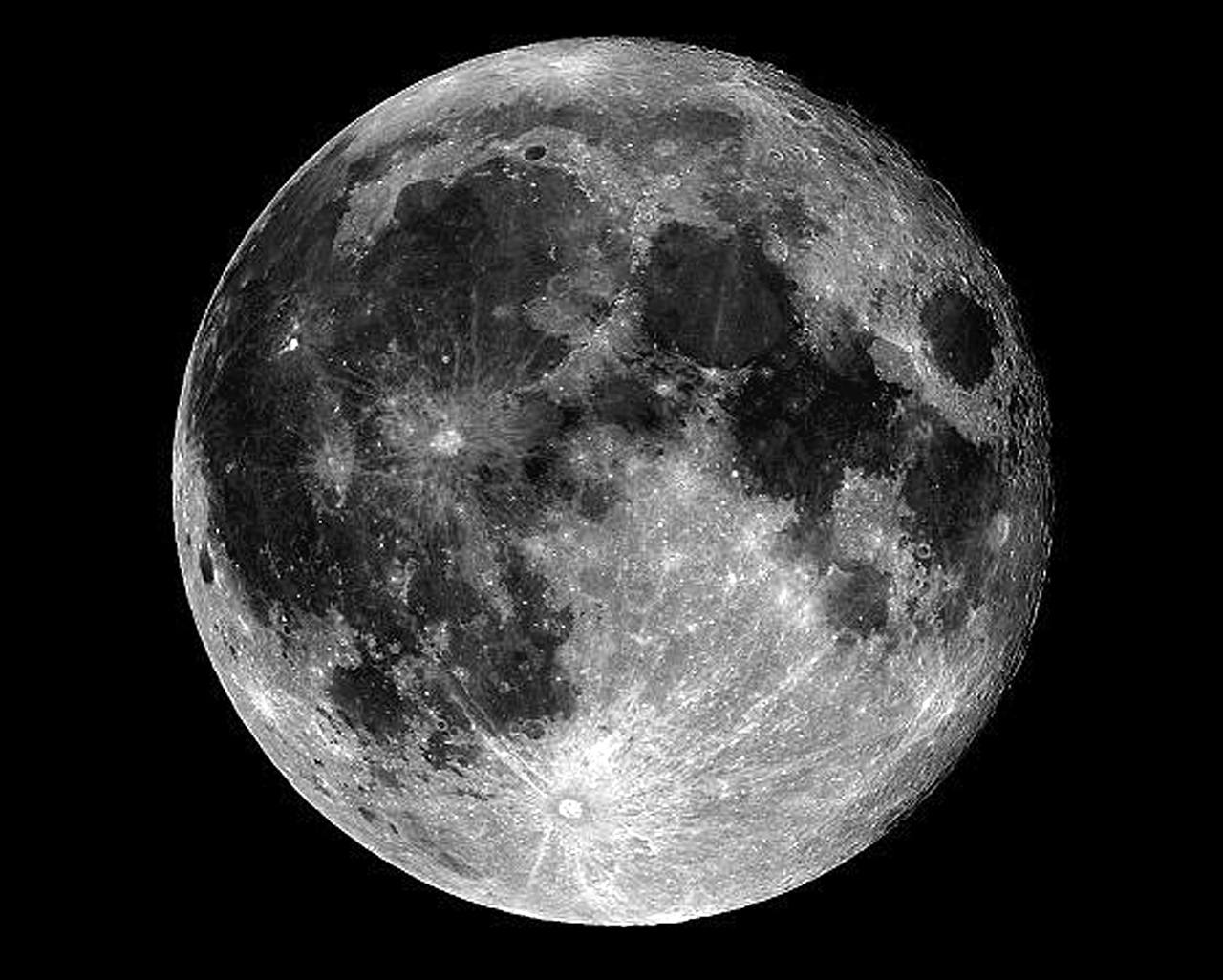The full harvest moon will be Friday night, but for all practical purposes it will be full on Thursday evening as well. As the moon orbits our Earth the angle between the sun, the Earth, and the moon opens up to 180 degrees. In other words, all three celestial bodies are nearly lined up.
The Earth is in the middle between the distant sun and our lunar neighbor. That means the side of the moon facing the Earth is completely lit up by the sun. It also means that the moon rises at sunset, and sets at sunrise.
Weather permitting, every 29.5 days we enjoy a full moon. What makes the harvest full moon special is that it seems to hang around a longer. Usually you only notice a full moon for two or three evenings because it rises later and later, night to night. Because of its orbit around the Earth, the moon is constantly moving eastward, migrating 13 degrees every 24 hours, so it rises about 30 to 60 minutes, night to night.
In contrast, the harvest moon rises only about 20 minutes later each night, so the full moon seems to hang around a few more nights than usual.
A full moon or near full moon does a number on serious stargazing as the skies get whitewashed, even in the countryside. All but the brightest stars and constellations fade out. It’s also a terrible time to gaze at celestial treasures with any telescope because nebula, galaxies, and other targets get lost in the moon’s glow.
It’s not even all that great aiming your scope at the moon itself because of all the direct sunshine bombarding it. The best place to look at the moon is the line between the sunlit side of the moon and darkened part of the lunar surface. That line is called the terminator, and that’s where you can really get a great look at mountain tops and crater walls because the low sun angle creates shadows. During a full moon or a near full moon, there’s little or no terminal.
Looking at a full moon with a telescope can make your eyes sting. In fact, at my stargazing classes I advise people to actually put on sunglasses before they look at the full moon through their telescope.
A rising harvest moon usually has a bright orange color to it. Whenever you view any astronomical object close to the horizon, you’re looking through a lot of Earth’s atmosphere. The dust and moisture scatter away all but the reddish orange components of the moon’s light.
Talk to us
> Give us your news tips.
> Send us a letter to the editor.
> More Herald contact information.

























